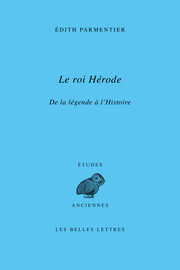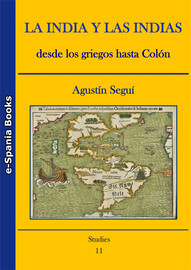[First posted in AWOL 15 December 2010, updated 30 Septembe 2022]
Boletín de la Asociación Española de Egiptología
ISSN: 1131-6780
Nacido en 1988, BAEDE es el Boletín de la Asociación Española de Egiptología, una publicación científica de periodicidad anual cuya finalidad es la difusión de trabajos de investigación relacionados con el campo de la egiptología y la nubiología: Arqueología, Historia, Arte, Conservación, Filología, Literatura, Religión…, desde el Periodo Predinástico hasta el Periodo Medieval.
BAEDE 29 (2020)
Edición impresa solicitar ejemplares del número en AEDE (info@aedeweb.com)
PORTADA, CONTRAPORTADA Y PORTADA INTERIOR
JUNTA DIRECTIVA, DIRECCIÓN DEL BOLETÍN COMITÉ DE REDACCIÓN Y COMITÉ CIENTÍFICO
Andrés Martín García de la Cruz: ESTUDIO DIACRÓNICO DE LA TUMBA DEL VISIR DAGI (TT 103)
Mariano Bonanno: ALGUNAS PARTICULARIDADES DEL PROGRAMA TEXTUAL DEL ATAÚD DE AMENIRDIS (INV. 28104)
Dossier: 2020, UN AÑO ESPECIAL TAMBIÉN EN LA INVESTIGACIÓN EGIPTOLÓGICA
María Antonia Moreno Cifuentes: EXCAVAR EN EGIPTO EN TIEMPO DE PANDEMIA
Miguel Ángel Molinero Polo: DOS SEMANAS, SEIS DÍAS, TRES HORAS, UNA CAMPAÑA
PUBLICACIONES DE LA ASOCIACIÓN ESPAÑOLA DE EGIPTOLOGÍA Y CONTRAPORTADA
—— —— —— —— —— ——
BAEDE 28 (2019)
Edición impresa solicitar ejemplares del número en AEDE (info@aedeweb.com)
PORTADA, CONTRAPORTADA Y PORTADA INTERIOR
JUNTA DIRECTIVA DIRECCIÓN DEL BOLETÍN, COMITÉ COMITÉ DE REDACCIÓN Y COMITÉ CIENTÍFICO
GRACIA ZAMACONA, C: THE SEMANTICS OF THE VERB sDr IN THE COFFIN TEXTS: ACTANCY AND AKTIONSAR
RODRÍGUEZ FRADE, P: ESCENAS DE TELARES EN LA TUMBA CAPILLA DE RAMOSE Y SU RESTAURACIÓN . MISION ESPAÑOLA EN DRA ABU EL-NA GA
PUBLICACIONES DE LA ASOCIACIÓN ESPAÑOLA DE EGIPTOLOGÍA Y CONTRAPORTADA
Back Issues







